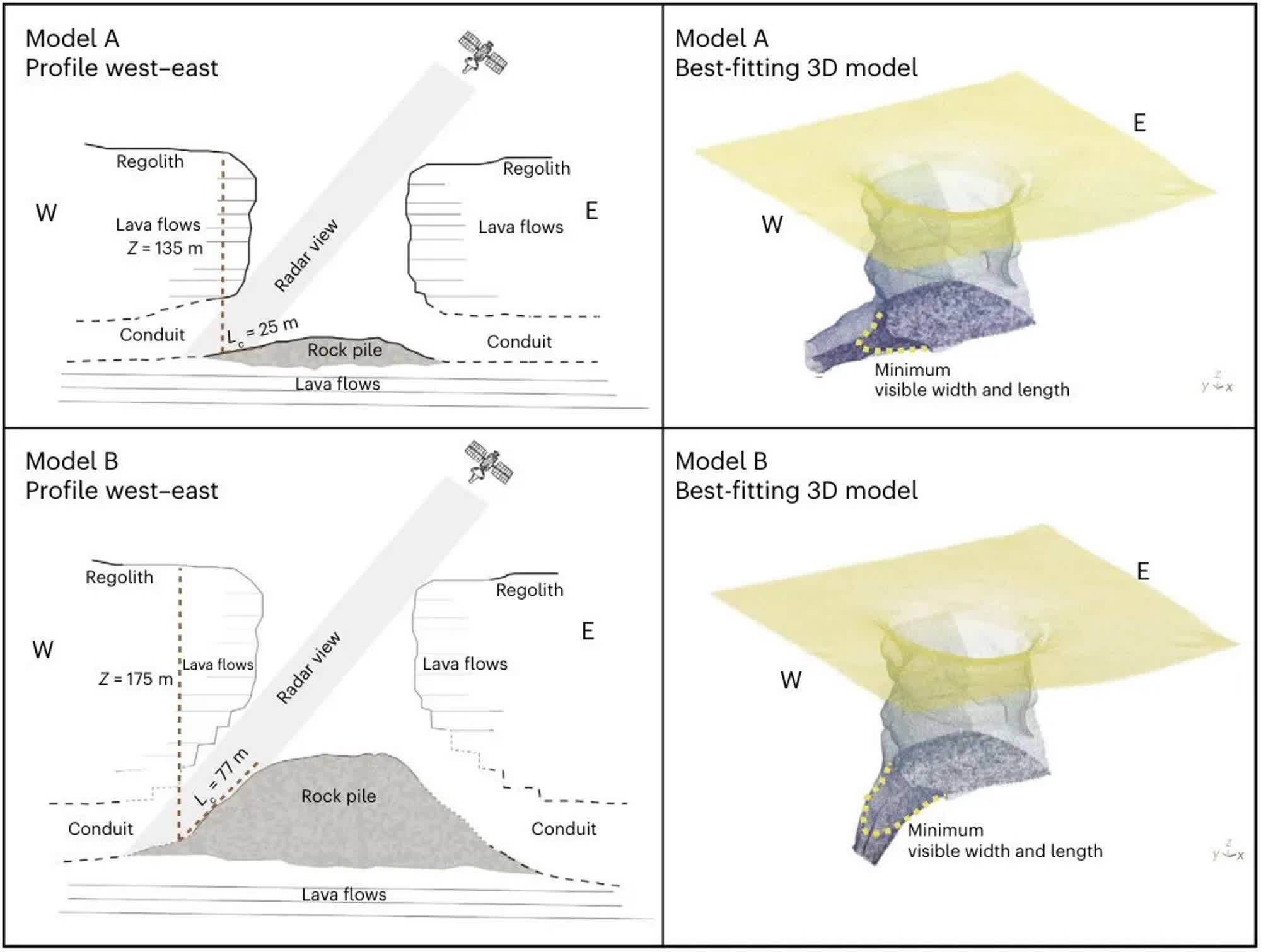Space Caves: Italian scientists have provided compelling evidence of underground caves on Earth’s natural satellite. Researchers and space companies are enthusiastic about the scientific and business implications of large-scale Moon colonization.
A new study published in Nature presents the first solid evidence of an “accessible cave conduit” on the Moon, located beneath the Mare Tranquillitatis pit. A future human mission could utilize this or other underground caves for establishing permanent lunar outposts, potentially heralding a new era in Moon and space exploration.
A research team led by Leonardo Carrer, an assistant professor at the University of Trento, has validated a long-debated theory about the Moon. For decades, natural, stable structures formed by ancient lava tubes were hypothesized, and the Italian researchers have now identified the first evidence of such underground structures, thanks to data collected by the Lunar Reconnaissance Orbiter (LRO) in 2010.
By analyzing variations in radar reflections and creating 3D simulations based on the LRO’s data, the researchers identified a natural phenomenon consistent with the lava tube theory. The Moon’s surface features over 200 known “pits” in various regions, with the Mare Tranquillitatis pit being the deepest known so far.

The Moon lacks an atmosphere, posing significant challenges for human missions, including extreme temperature fluctuations, solar electromagnetic radiation, meteorite impacts, and the regolith layer on the surface. However, just a few hundred meters below the surface, temperatures would remain stable at around 17 degrees Celsius, offering a safe haven from outer space hazards—though breathable air would still be absent.
Researchers propose conducting a comprehensive survey of all known lunar pits using the methodology from the recent study. This approach could help pinpoint the most promising entry points for future subsurface lunar exploration or gather critical data for constructing a human base in a protected, subterranean environment.
NASA is building momentum with its Artemis program, aiming to inaugurate a new era in Moon and outer space exploration. The program’s long-term objective is to establish a permanent human base on the Moon, paving the way for future missions to Mars. Ancient underground caves could transform this ambitious goal into a realistic possibility, unlocking unprecedented opportunities for space exploration and the lunar economy.




